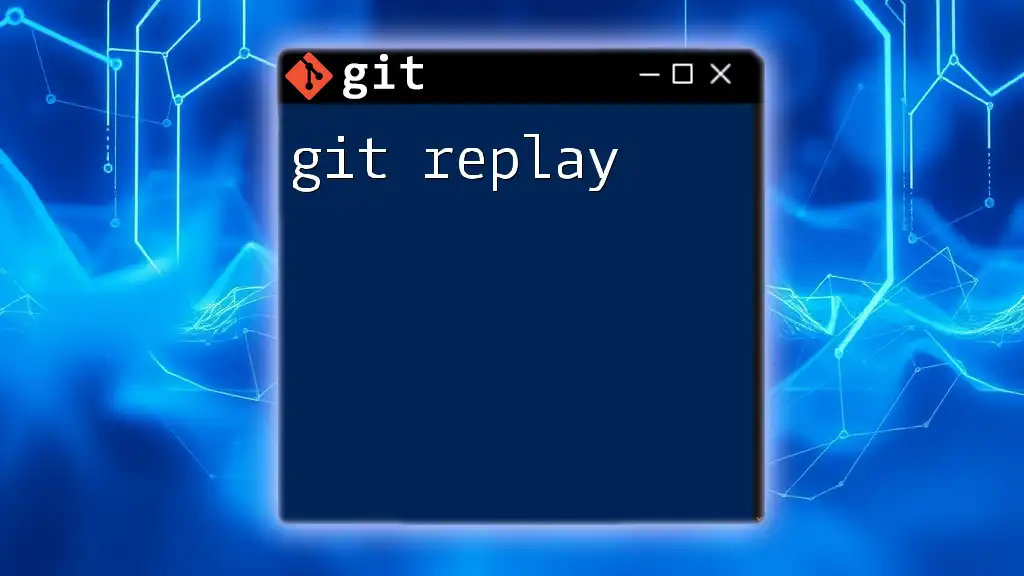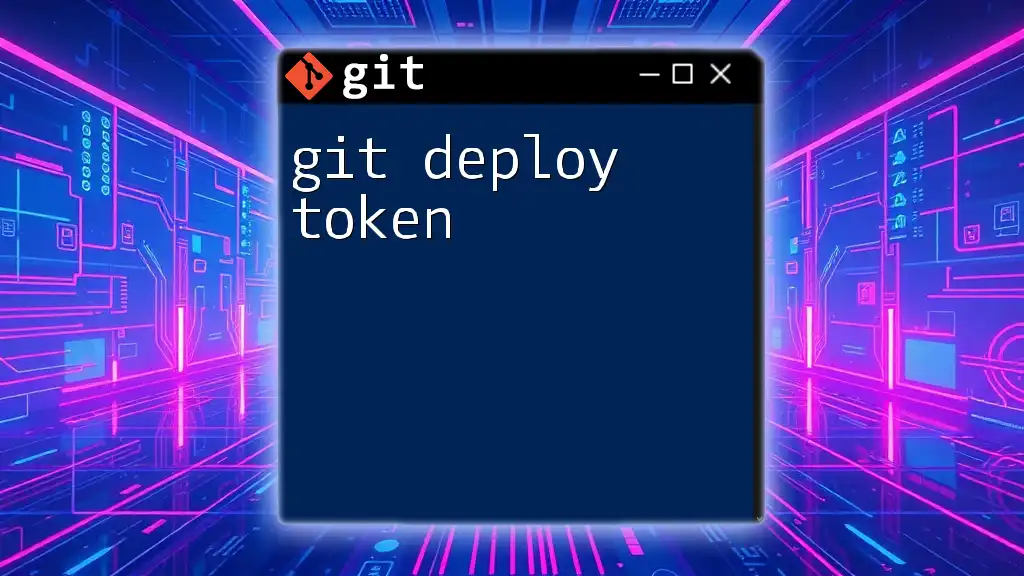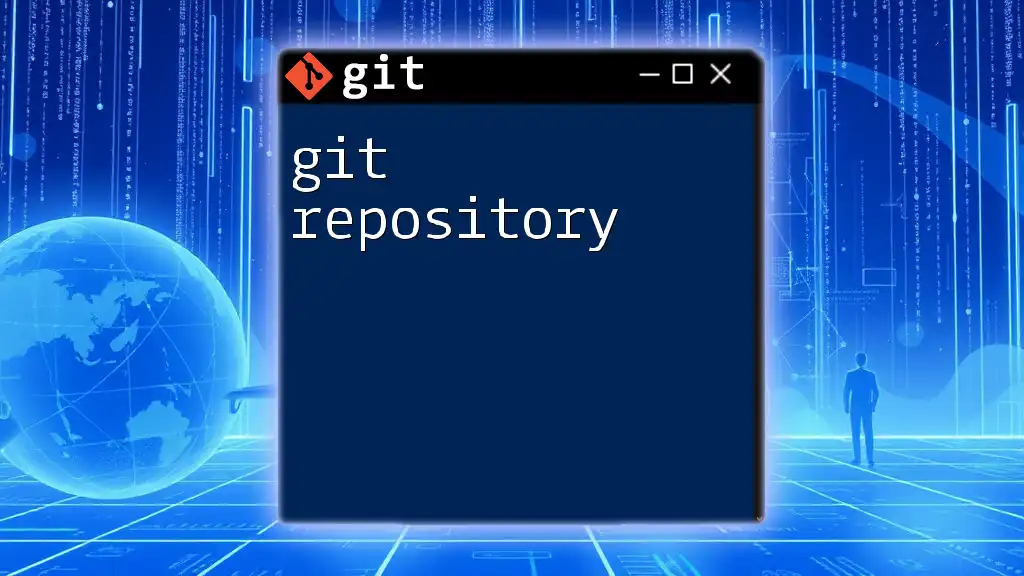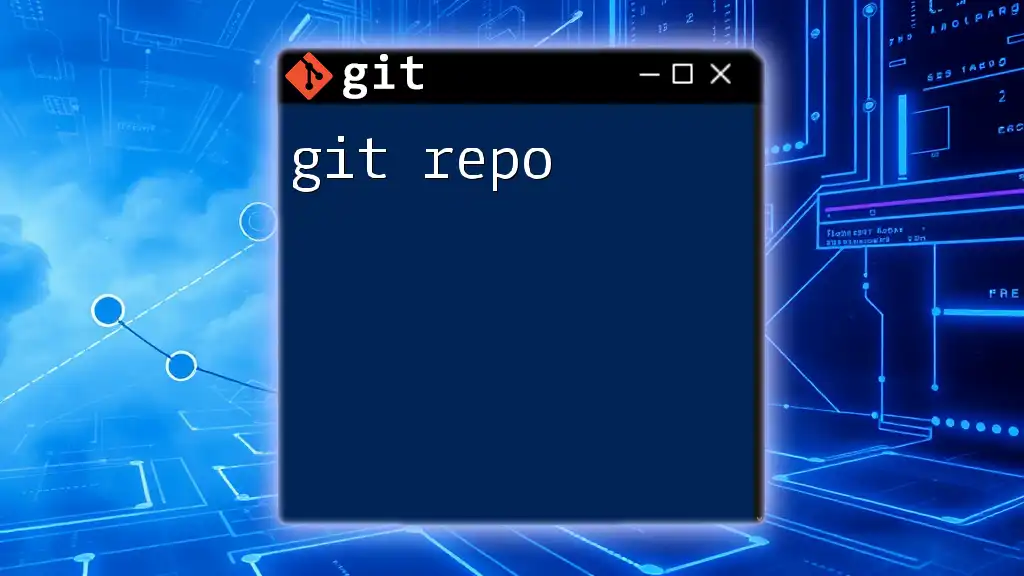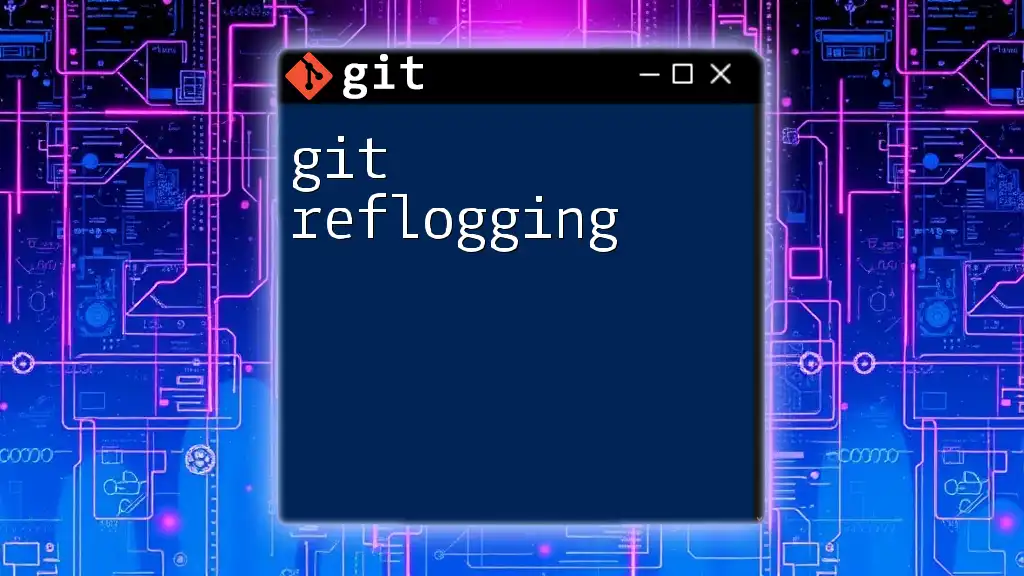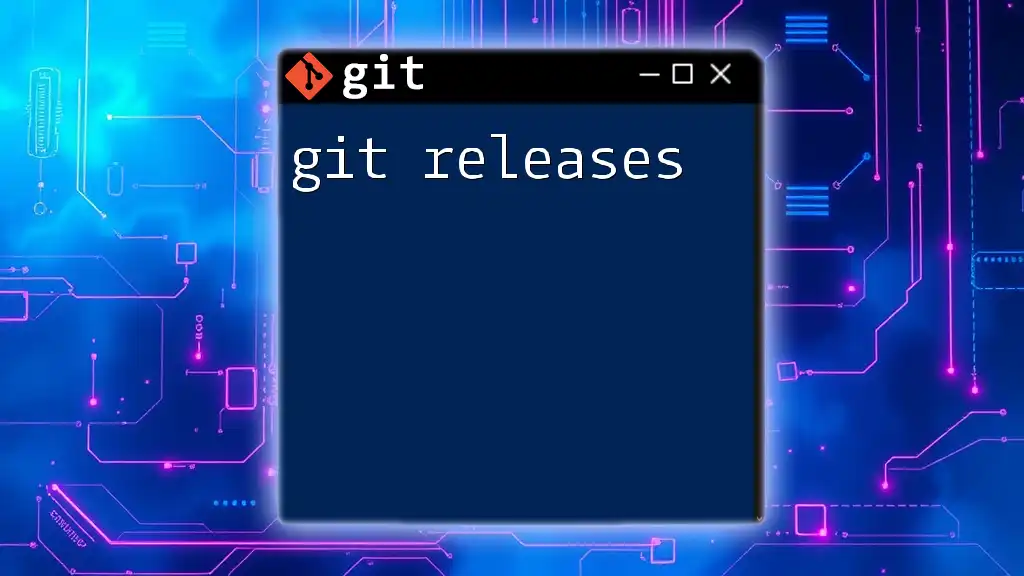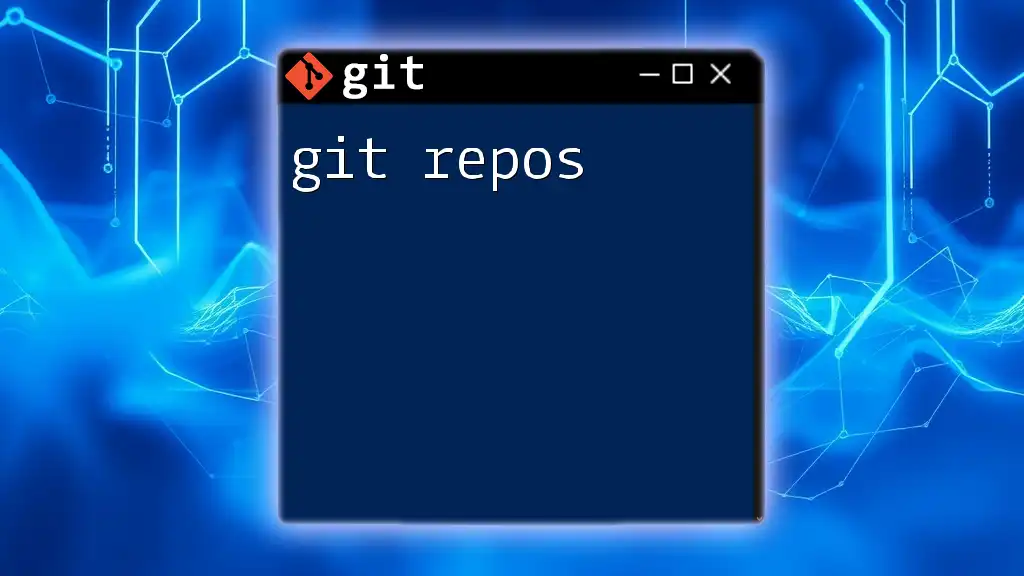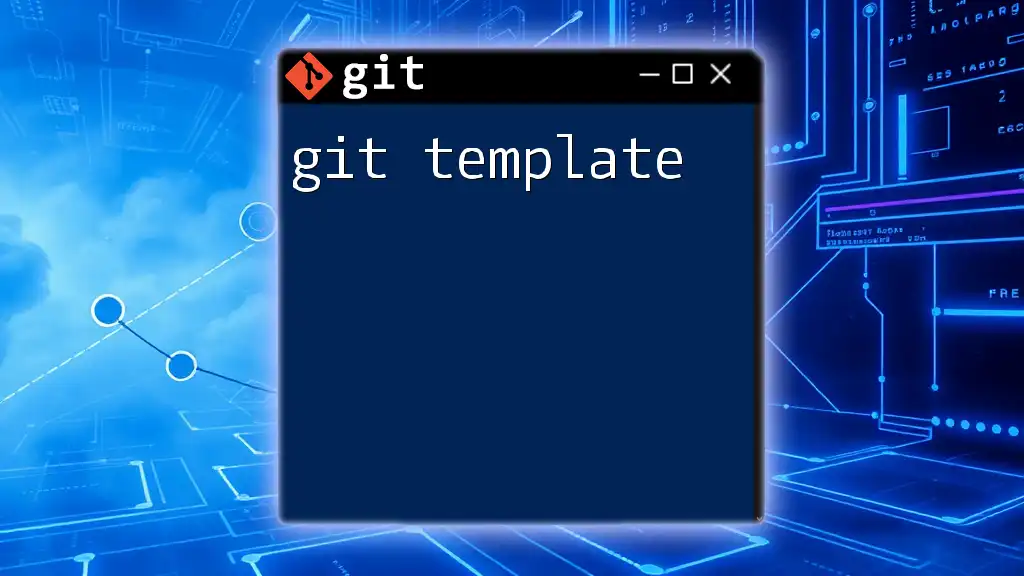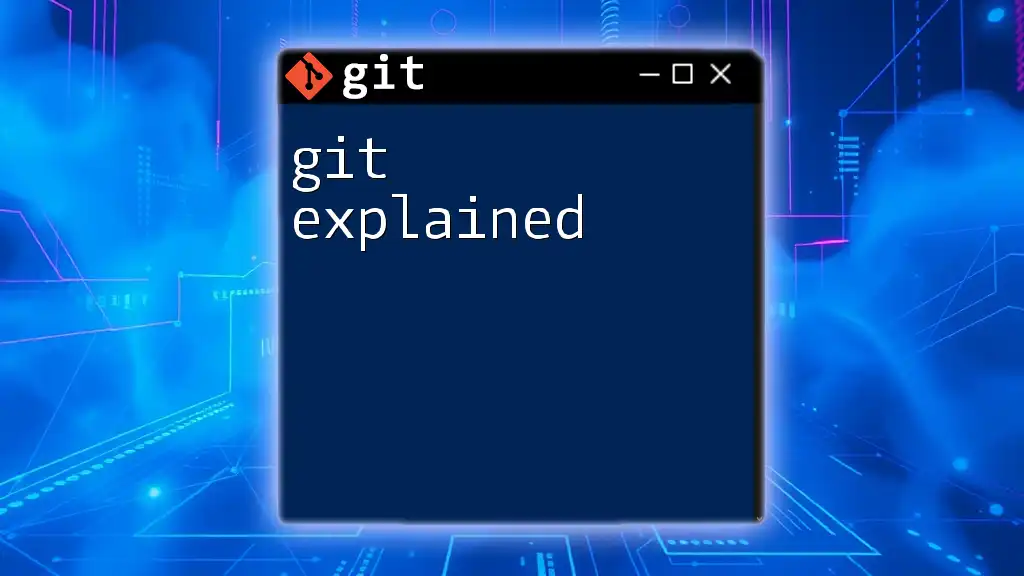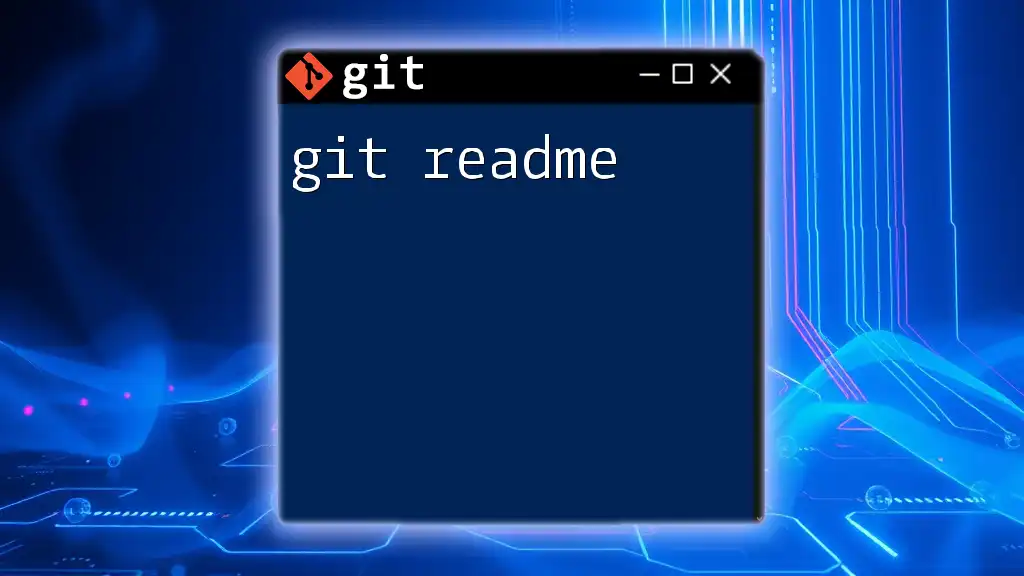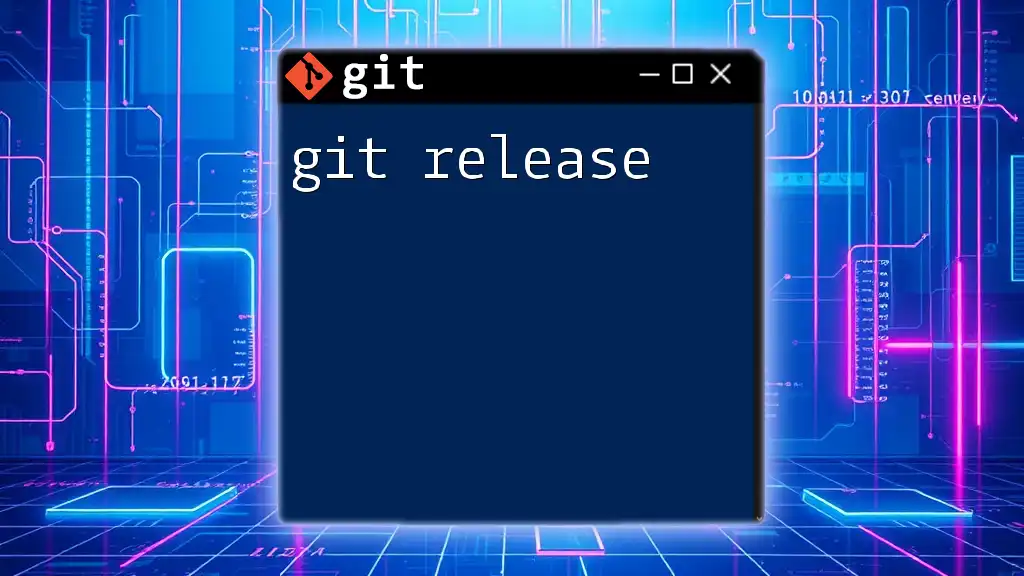The `git replay` command is not a standard git command, but you can achieve a replay of your commits using `git cherry-pick` or by reapplying commits with interactive rebase.
Here is how to replay a commit using `git cherry-pick`:
git cherry-pick <commit-hash>
Replace `<commit-hash>` with the hash of the commit you want to replay.
Understanding Git Replay
What is Git Replay?
Git replay is a term that refers to the process of replaying commits in a Git repository. This technique allows you to apply changes from one branch or commit onto another, effectively giving you the power to incorporate selected changes without merging entire branches. While Git offers a variety of commands for managing changes, Git replay is particularly useful for scenarios where you wish to maintain a clean commit history or address specific changes made in previous commits.
Why Use Git Replay?
The ability to replay commits offers several benefits:
- Selective Integration: Instead of a traditional merge which combines entire branches, Git replay allows for a more granular approach, where you can apply specific changes.
- Conflict Resolution: When working collaboratively, you may encounter merge conflicts. By replaying individual commits, you can resolve conflicts more systematically.
- Enhanced History Management: Git replay helps maintain a clean project history by allowing you to rearrange, combine, or remove commits as necessary.
Despite its advantages, some developers mistakenly believe that replaying commits automatically resolves all conflicts or improves commit messages. Understanding its capabilities and limitations is essential for effective use.
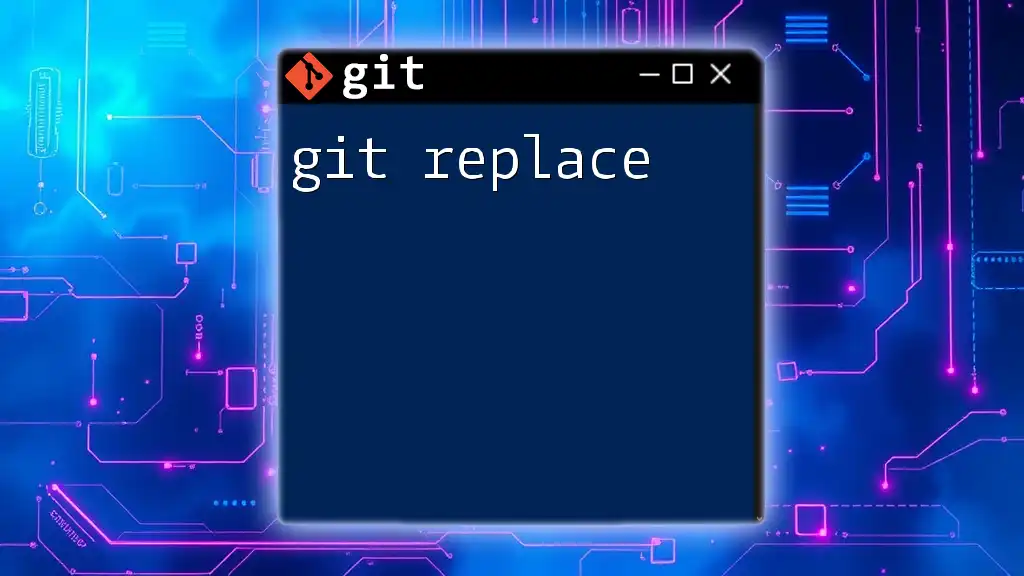
Key Concepts Related to Git Replay
Commits in Git
In Git, commits are snapshots of your repository at a given point in time. Each commit represents a unique state of the codebase, making it a fundamental concept in version control.
An example of a simple commit looks like this:
git commit -m "Initial commit"
This command creates a new commit with a message that describes the changes made.
Merge Conflicts
Merge conflicts arise when multiple branches contain changes that cannot be automatically reconciled. For instance, if two developers modify the same line of code differently, Git will flag this as a conflict. Understanding and resolving these conflicts is crucial before attempting to replay commits.
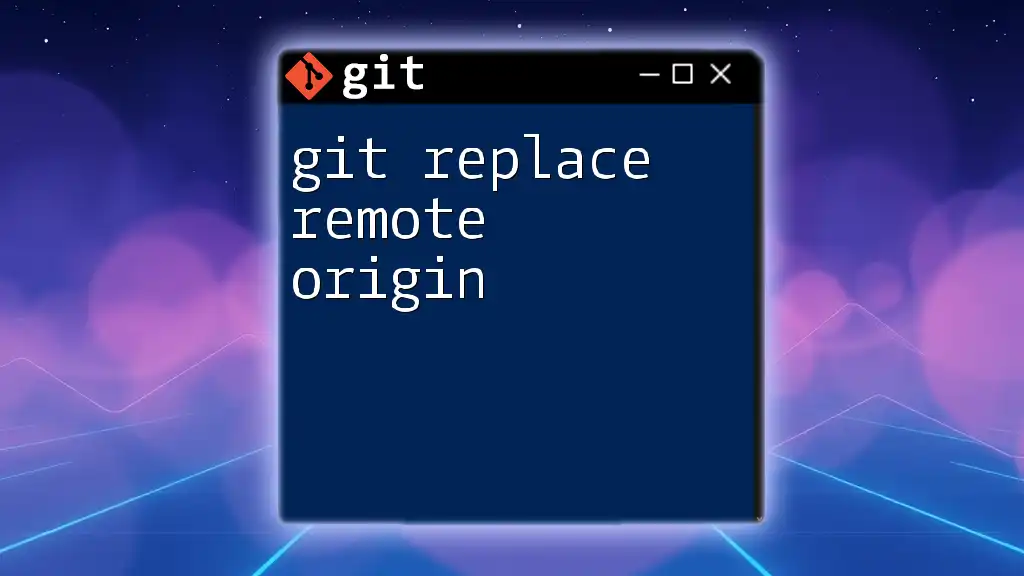
How to Implement Git Replay
Setting Up Your Git Environment
Before using Git replay, ensure that you have Git installed on your system. If not, download and install it from the official site. Once installed, the organization of your repository is essential:
- Directory Structure: Keep your projects organized to easily locate repositories.
- Permissions: Ensure that you have the necessary access rights, especially when collaborating with a team.
Basic Git Commands for Replay
A few key Git commands facilitate the replay process:
- `git reflog`: This command allows you to view the history of all your actions in the repository. It's a powerful tool for tracking down what has happened in your project.
- `git cherry-pick`: This command allows you to apply the changes introduced by a specific commit onto your current branch.
- `git rebase`: Rebase moves or combines a sequence of commits to a new base commit. This command is central to many replay scenarios.
Understanding when to use each command will significantly enhance your ability to manage your commits efficiently.
Step-by-Step Guide to Replaying Commits
Using Git Rebase
Git rebase is an essential technique for replaying commits. Essentially, rebase applies commits from one branch onto another in a linear sequence.
To perform a rebase, use the command:
git rebase <branch_name>
When using this command, ensure that you have resolved all conflicts prior to rerunning the rebase.
Benefits of using rebase include smoother commit history and refined project management. However, the risks include overwriting commit history, potentially complicating collaboration.
Cherry-Picking Commits
Cherry-picking is another method for replaying specific commits. With cherry-picking, you can select individual commits from another branch and apply them to your current branch.
To cherry-pick a commit, use:
git cherry-pick <commit_hash>
This command is useful when you only want to apply a specific change without merging entire branches. However, be cautious of potential conflicts that may arise from this operation.
Best Practices When Replaying Commits
To effectively use Git replay, keep in mind these best practices:
-
Testing: Always test your code after replaying commits to ensure that no introduced changes cause issues.
-
Clear Commit Messages: Maintain clear and descriptive commit messages to manipulate the project history effectively.
-
Documentation: When replaying commits, document all significant changes. This helps collaborators understand the history and rationale behind modifications.
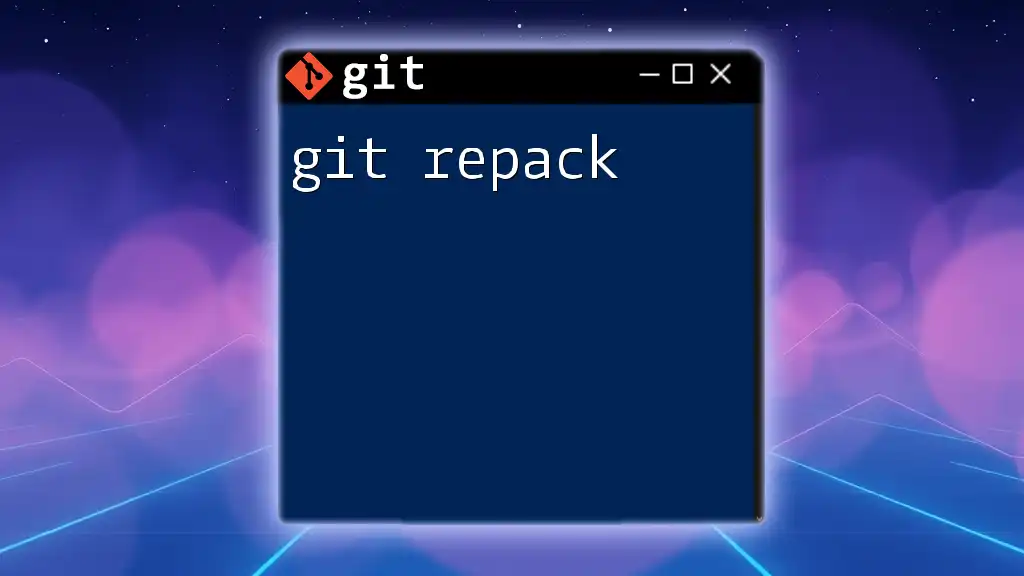
Advanced Git Replay Techniques
Interactive Rebase
Interactive rebase is a powerful feature that allows you to edit commits in a controlled environment. By performing an interactive rebase, you can modify, delete, or reorder commits as needed.
To start an interactive rebase, use:
git rebase -i HEAD~n
In this command, `n` represents the number of commits to review. This technique can streamline your commit history, making it more coherent and organized.
Combining Replays with Other Git Features
Squashing Commits
Squashing is the process of combining multiple commits into a single commit. This is particularly useful for tidying up commit history before merging branches.
You can squash commits during a rebase by marking commits as "squash" in the interactive rebase screen.
git rebase -i HEAD~<n>
This command allows you to compress related changes into a clear, single commit that better represents the development process.
Fixing Mistakes After Replay
If a replay introduces errors or conflicts, it is vital to know how to recover. Identifying mistakes post-replay involves reviewing the commit history.
To revert a problematic commit, you can use:
git revert <commit_hash>
This command creates a new commit that undoes the changes made in the specified commit, providing an easy way to rectify issues.
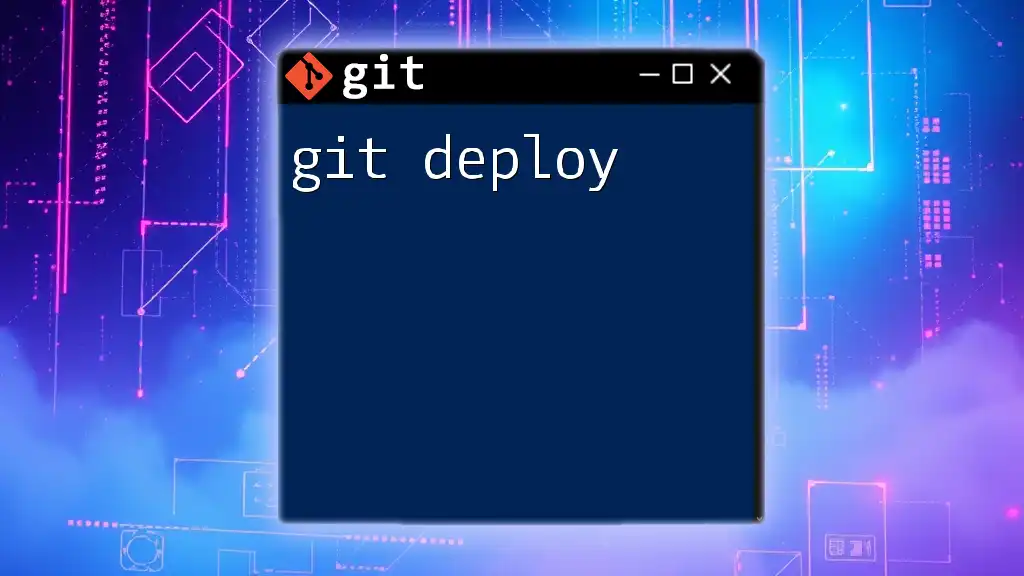
Real-World Use Cases for Git Replay
Collaboration in Teams
In collaborative environments, Git replay proves invaluable. For example, when a team member pushes a bug fix, others might want to apply this change without merging a potentially unstable branch. By selectively replaying the commit, developers can quickly incorporate the fix while maintaining their work's integrity.
Managing Releases
During release cycles, Git replay plays a crucial role in branch management. For example, if a hotfix needs to be applied to both the main branch and a previous release, developers can cherry-pick the specific commits involved and apply them accordingly.
Individual Projects
For solo developers, Git replay offers the opportunity to refine their commit history and manage changes efficiently. For instance, using rebase allows a developer to reorganize commits into a more logical sequence, enhancing readability and understanding for future reference.

Troubleshooting Common Issues with Git Replay
Understanding Common Errors
Errors often arise during Git replay, especially when conflicts occur. A common message might indicate that there are unmerged paths or that the operation couldn't be completed due to conflicting changes.
Recovery Options After a Bad Replay
If a replay goes awry, the `git reflog` command is an essential tool for recovery. It shows a log of where HEAD has been, enabling you to identify a previous state to which you can return.
To reset to a previous commit, you might use:
git reflog
git reset --hard HEAD@{n}
This command allows you to revert to the specified state, effectively undoing problematic changes made during the replay.

Conclusion
Mastering Git replay is vital for effective version control and collaborative development. By understanding the techniques and best practices discussed in this guide, you can enhance your workflow, maintain a cleaner history, and navigate complexities with ease. With practice, Git replay will become an invaluable skill in your development toolkit.
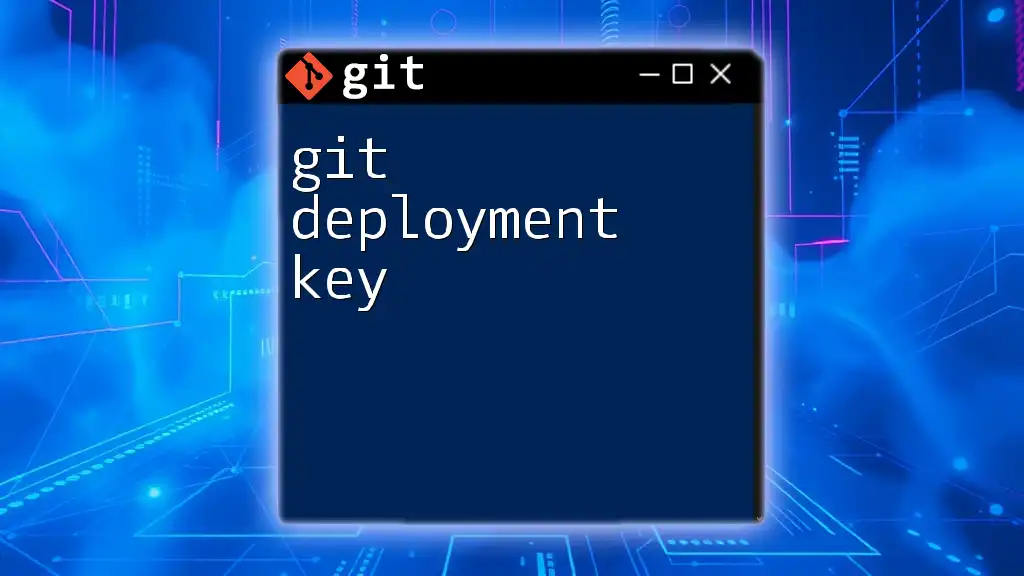
Call to Action
Now that you are equipped with the knowledge of Git replay, try applying it in your projects. Share your experiences, questions, and insights in the comments below, and continue to explore the powerful features that Git offers!

